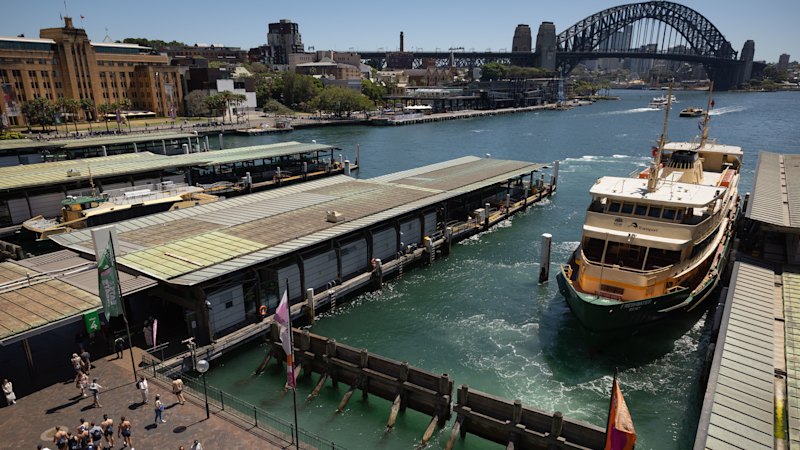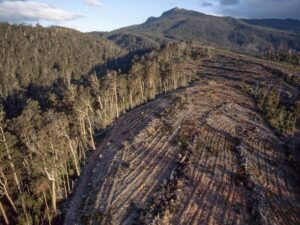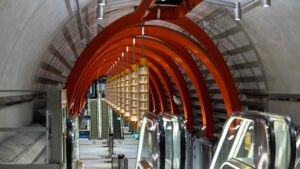
A once-promising vision for Circular Quay in Sydney has faded into a political graveyard, leaving the area in a state of neglect. Originally conceived as a vibrant urban square, plans for development have repeatedly stalled, with each state government proclaiming the significance of this central location yet failing to deliver substantial improvements.
In 1989, Winston Barnett, a professor at the University of Technology Sydney, envisioned Circular Quay as a “wet piazza.” His ideas gained traction when, in early 1995, the Liberal government launched a competition to reimagine the area, aiming to retain the existing Cahill Expressway and railway line. The winning design included an expansive veranda extending over the water and upgraded wharves. However, following the election defeat of Premier John Fahey just a month after the announcement, these plans were shelved indefinitely.
Every successive government has recognized the importance of Circular Quay. As noted by The Sydney Morning Herald, in 2015, former Premier Mike Baird proposed a comprehensive redevelopment, pledging to sell $200 million worth of government-owned waterfront property to fund the project. Although the sales were executed, the promised upgrades never materialized. The situation has deteriorated further, with the Labor Party initially pledging a $716 million upgrade to ferry wharves and promenade during the 2023 election campaign, only to scale back those ambitious plans upon taking office.
Current conditions reflect a stark reality: despite spending $171 million on planning, the wharves remain in disrepair. This situation epitomizes the broader issue of insufficient design and maintenance across Sydney’s urban spaces. The city, renowned for its world-class harbour, ironically struggles to manage its most critical land and water intersection effectively.
The focus should not merely be on repairing the existing wharves. A comprehensive redevelopment could transform them into grand structures featuring airy levels, viewing areas, and amenities such as cafes and restaurants. Walsh Bay serves as an exemplary model, demonstrating how such a vision can come to fruition. While government involvement is crucial, funding through rentals could also be a viable approach in today’s market-driven environment.
Beyond the renovation of the wharves, there lies an opportunity to create a stunning waterfront meeting space that Sydney deserves. Removing the unsightly transport infrastructure that currently confines the area could greatly enhance its appeal. By applying lessons learned from successful underground metro systems, the railway could be relocated below ground, potentially allowing for the demolition of the Cahill Expressway.
The space between the wharves and buildings presents a vast opportunity for an urban area that thrives on the hustle and bustle of commuters arriving via bus and ferry. Memories of entering the city as a teenager, witnessing the construction of the Opera House, illustrate the vibrancy that this space can offer.
A reimagined Circular Quay could feature a lush grove of trees, providing shade and a nostalgic nod to the area’s original landscape. Such a design would not only cater to large gatherings but also address the accessibility issues highlighted during recent public protests at the Opera House.
Critics, including the Maritime Union of Australia, have pointed fingers at architects for the area’s shortcomings. However, the reality is that architects have consistently envisioned a splendid future for Circular Quay. Clover Moore, the Lord Mayor of Sydney, has long advocated for an urban square at Town Hall, but such plans lack the qualities that a sun-filled, open-air space at Circular Quay would provide.
The potential for Circular Quay to serve as a grand entrance and departure point for Sydney remains unrealized. With the right vision and commitment, it could become a worthy companion to the city’s iconic Opera House, enriching the cultural landscape and enhancing the experience for residents and visitors alike.







